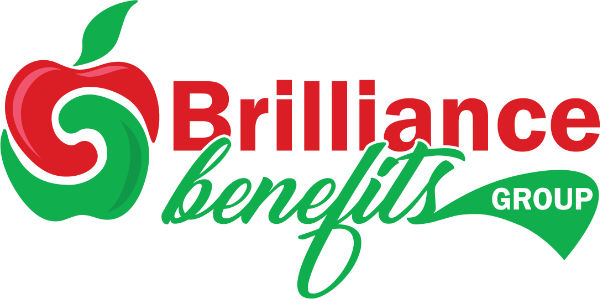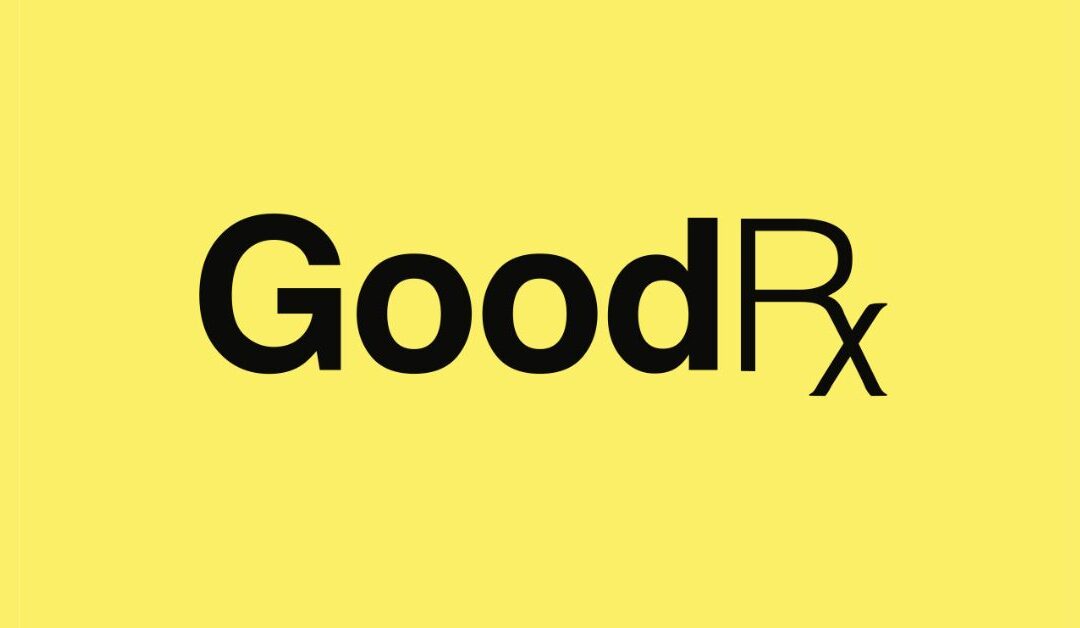Services like GoodRx work as intermediaries to help individuals find lower prices for prescription medications, often bypassing traditional insurance and pharmacy pricing structures. Here’s how they operate from both the user perspective and the business perspective.
Basically, GoodRx leverages what are known as Pharmacy Benefit Managers. In this post, we’ll briefly overview what those PBMs are and then explain how GoodRx makes use of them for discounts.
What Are Pharmacy Benefit Managers?
Pharmacy Benefit Managers (PBMs) act as intermediaries in the pharmaceutical supply chain, negotiating prices between drug manufacturers, pharmacies, and insurance companies. They play a key role in setting the cost of medications by leveraging their large-scale purchasing power to negotiate discounts with drug manufacturers and establish reimbursement rates with pharmacies.
GoodRx collaborates with PBMs to access the discounted price lists they create, often referred to as formularies or Maximum Allowable Costs (MACs). These price lists dictate the discounted rates that pharmacies agree to honor for certain medications.
When a person uses GoodRx, the coupon essentially routes the transaction through the PBM’s discount program, even though the consumer is paying cash. This allows GoodRx to offer discounts that are usually significantly lower than the cash price a customer might encounter without insurance.
How GoodRx Makes Use of PBMs:
Pharmacies agree to participate in GoodRx’s discount program because it helps them attract cost-sensitive customers who might otherwise avoid filling prescriptions due to high prices.
- For pharmacies, this is a strategy of volume over margin — they may make less profit on each discounted transaction, but they gain additional foot traffic and customers.
- Pharmacies also benefit because customers visiting for prescriptions often purchase other products, like snacks or over-the-counter medication.
When a consumer uses a GoodRx coupon, the pharmacy processes the transaction as if it were a PBM-mediated sale, allowing the customer to pay the discounted rate. While the pharmacy earns less per prescription compared to the full retail price, they still make a profit because the PBM reimburses a portion of the transaction.
What’s In It For GoodRx?
GoodRx makes a small profit on the difference between what the PBM charges the pharmacy for a medication and what GoodRx charges the consumer. For instance, if the PBM sets the cost of a medication at $10 and GoodRx charges the consumer $12, GoodRx might retain a portion of the $2 difference as its revenue.
Additionally, GoodRx earns income through advertising on its platform. Pharmaceutical companies and healthcare providers pay to promote their products or services to GoodRx’s large user base, which consists of consumers actively searching for medications.
The company also offers premium memberships, like GoodRx Gold, which provide deeper discounts and additional perks for a monthly fee. This recurring revenue model appeals to frequent users who rely on GoodRx for multiple prescriptions.
It’s Often Recommended Because It’s Free.
Doctors and other health professionals may recommend GoodRx to patients because it’s free to obtain. It doesn’t always offer prescription pricing as low as you’d obtain through a good insurance plan, but it is a way to save money on medication costs.
Sometimes, though, GoodRx can even allow for lower pricing than one’s insurance would provide. That depends on how discounted prescriptions are on a given insurance policy. Sometimes, if higher prescription costs was a concession a person was willing to make for an otherwise advantageous insurance plan, GoodRx may be a good supplement for that role.
You can put your GoodRx card on file at your pharmacy the same as you would your insurance card. In fact, you can usually put them both on file for your name, and your pharmacist can tell you which of them provides the lower price for prescriptions you’re picking up.

